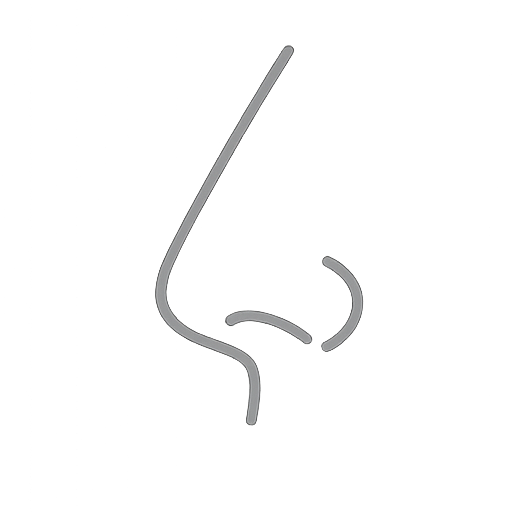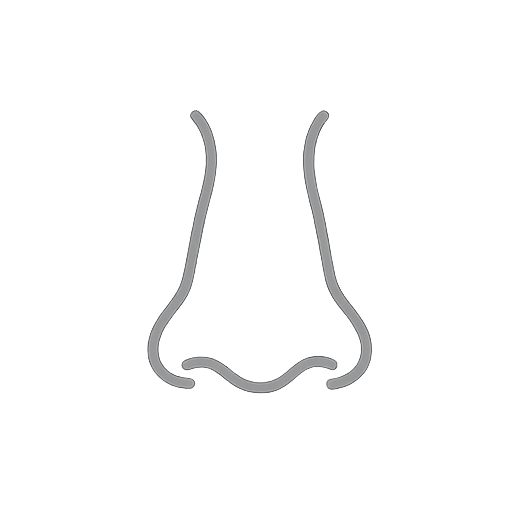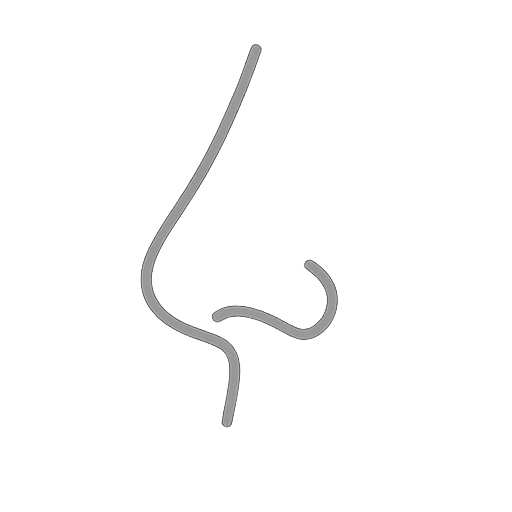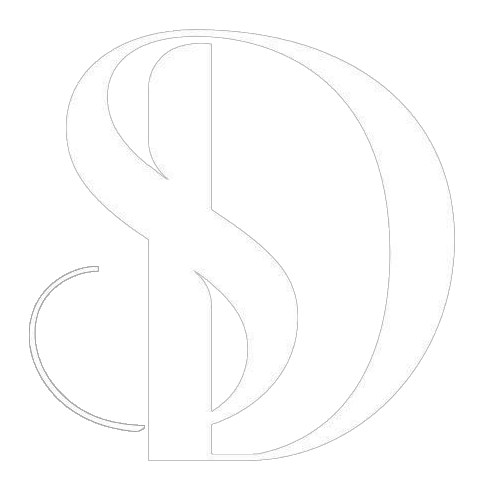DANIEL SALEH – AESTHETIC SURGERY
NOSES
Precision primary rhinoplasty, meticulous revision surgery, and advanced nasal reconstruction to sculpt your ideal profile, smooth humps, reshape the tip, and restore healthy breathing.
Nose procedures
Dan’s focus on nasal aesthetics and function centres on rhinoplasty—reshaping the nose to harmonize your profile while optimizing airflow. As one of the most sought-after facial procedures, rhinoplasty goes beyond “nose jobs” to encompass primary reshaping, complex revisions, and full structural rebuilds.
There are countless labels—closed vs. open, reduction vs. preservation, functional vs. cosmetic—and patients rightly do their homework before a consultation. Sorting through terminology can be overwhelming, so this page aims to clarify the essentials for primary rhinoplasty, revision surgery, and nasal reconstruction.
“Revision rhinoplasty” and “nasal reconstruction” represent two ends of the spectrum: the former corrects or refines previous surgeries, the latter rebuilds missing or damaged framework after trauma, cancer resection, or congenital defects. Both demand meticulous planning – we use warping software to manipulate your photos in clinic, to ensure we understand your goals of potential treatment. Revision rhinoplasty often requires additional cartilage to re-build the missing or damaged internal structure of the nose – Dan uses ‘off the shelf’ cadaveric cartilage, or if this is something that would concern you he can use your own cartilage form your ear and/or rib.
Here are key concepts that guide our rhinoplasty practice:
-
Nasal framework: Comprised of paired bones (upper third) and cartilages (middle and lower thirds), each element must be sculpted and supported for a symmetrical result.
-
Septum & turbinates: The central septal cartilage provides structural support and graft material; inferior turbinates are often addressed to optimize airflow.
-
Closed vs. open approach: Closed rhinoplasty uses hidden intranasal incisions; open rhinoplasty adds a tiny columellar cut for enhanced visibility and precision.
-
Osteotomies: Controlled “bone breaks” allow narrowing of the nasal bridge and smooth transition after hump reduction.
-
Tip refinement: Lower-lateral cartilages are reshaped, repositioned, or reinforced with grafts to achieve the desired tip projection, rotation, and definition.
-
Cartilage grafting: Septal, ear, or rib cartilage may be harvested to rebuild or reinforce nasal support in primary, revision, and reconstructive cases.
Whether you seek a subtle refinement or comprehensive rebuilding, understanding these principles will empower you to discuss options, techniques, and expected outcomes with confidence. Our goal is a nose that looks and feels like your own—balanced, functional, and enduring.

Nose Job / Rhinoplasty
Refine size, smooth dorsal humps, and reshape the tip via closed or open techniques—balancing aesthetic harmony with airway integrity.

Revision Rhinoplasty
Correct and enhance prior work, addressing residual bumps, tip deformities, or breathing issues to achieve stable, natural results.

NASAL RECONSTRUCTIOn
Rebuild nasal framework after trauma, cancer excision, or congenital defects using cartilage grafts, local flaps, and structural support for both form and function.
What should your Nose Job / Rhinoplasty consultATION include?
-
In‐depth analysis of nasal bones, cartilage, skin thickness, and internal airflow
-
Explanation of closed vs. open approaches and incision placement
-
3D outcome simulations tailored to your anatomy
-
Discussion of osteotomies (“bone breaks”) for optimal reshaping
-
Assessment of septal or turbinate issues to improve breathing
-
Clear review of risks, recovery timeline, and revision policy
-
Collaboration with ENT specialists for complex functional or secondary cases
What to look for in an expert?
-
Fellowship‐level training in facial plastic or rhinoplasty surgery
-
High volume of primary and revision rhinoplasty cases with documented outcomes
-
Board certification and membership in professional societies (e.g., BAPRAS, ASPS, BAFPRS)
-
Use of state‐of‐the‐art imaging and patient education tools
-
Transparent reporting of complication and revision rates

